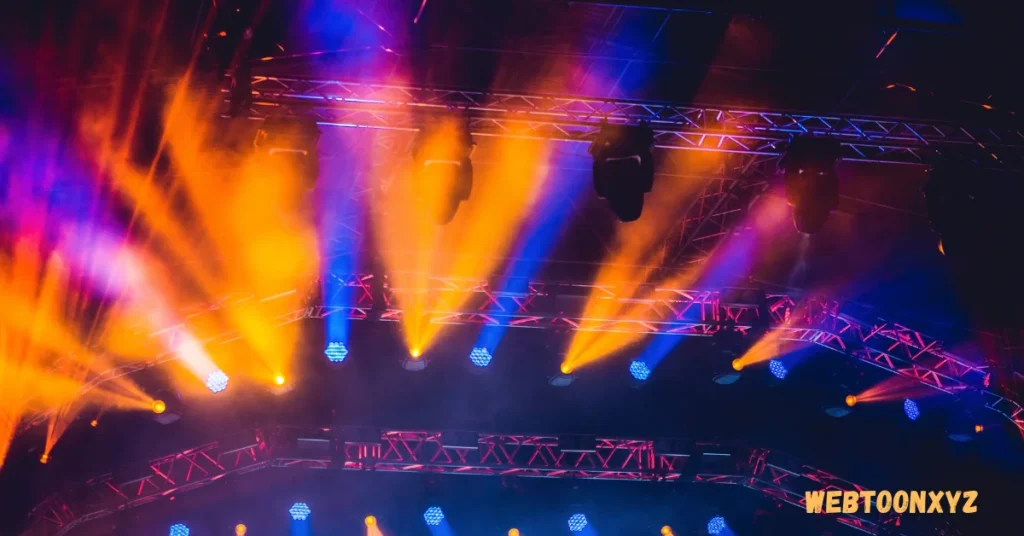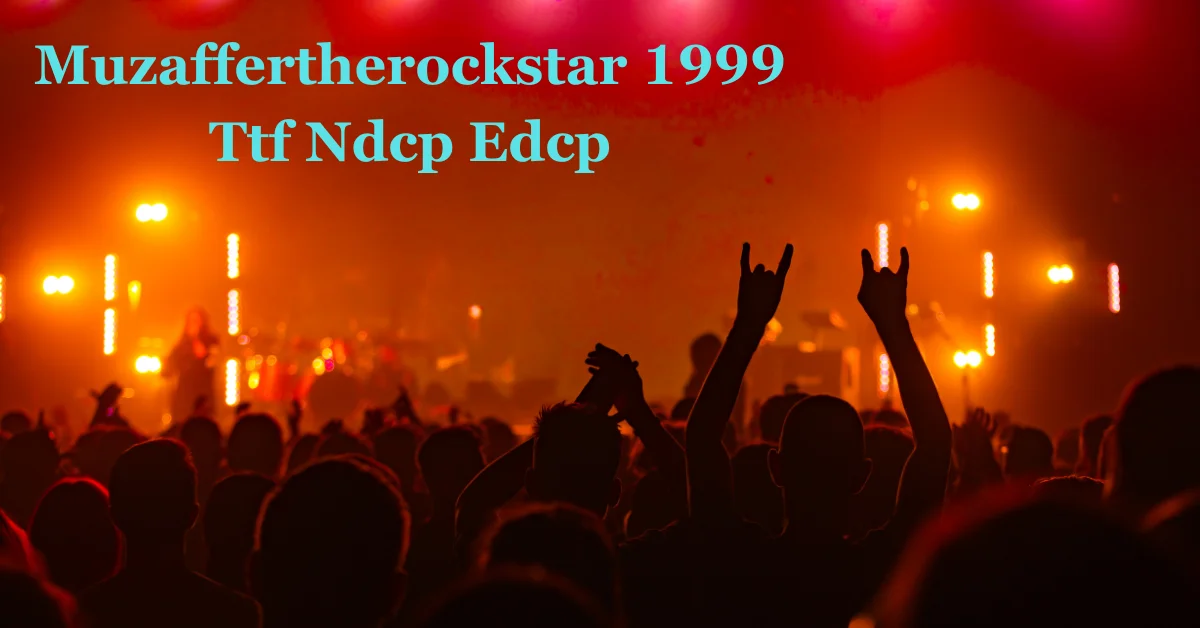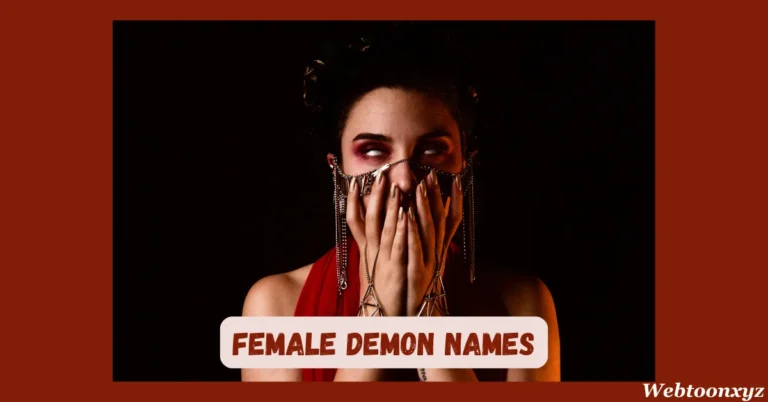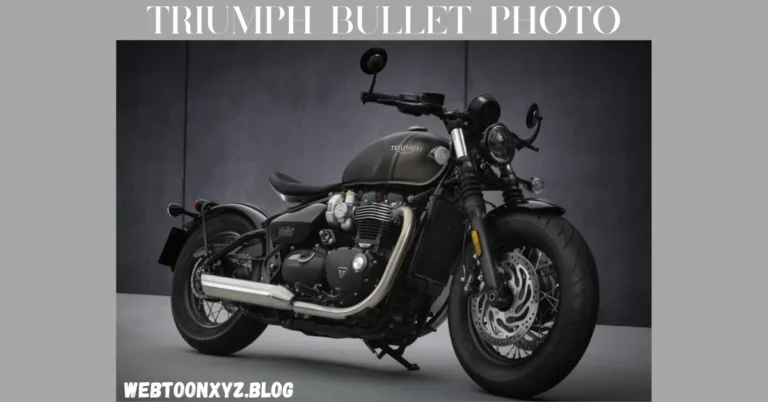MuzafferTheRockstar 1999 TTF NDCP EDCP: A Deep Dive into Creativity and Innovation
The phrase muzaffertherockstar 1999 ttf ndcp edcp appears to represent a unique combination of elements that hold significance either individually or collectively. The term “muzaffertherockstar” likely serves as a distinctive username or alias, possibly representing an individual named Muzaffer who identifies with the dynamic or creative persona of a “rockstar.”
Who is MuzafferTheRockstar?
MuzafferTheRockstar is believed to be a trailblazer in the digital design space, representing a persona or brand synonymous with creativity and innovation. Active around 1999, this figure or entity is associated with contributions to typography, design systems, and creative processes.
The Breakthrough Year: 1999
The year 1999 stands as a significant milestone in Muzaffer’s career, representing a period of intense creativity and public engagement. With the dawn of the internet and changes in the music industry landscape, Muzaffer found himself at the forefront of a revolution that blended traditional elements with modern influences. His distinct sound was a confluence of rock, folk, and contemporary pop—all harmonizing to create an auditory experience that was both innovative and relatable.
The TTF (Time to Feel) Movement
Central to Muzaffer’s 1999 journey was the TTF (Time to Feel) movement. This initiative focused on encouraging artists—especially within the younger generation—to embrace emotional vulnerability in their music. Muzaffer believed that music should be an authentic expression of one’s inner feelings, fears, and aspirations. He curated workshops and live sessions, inviting aspiring musicians to share their stories and learn the art of emotional storytelling through music.
The NDCP (New Dynamics of Creative Performance)
Following the TTF movement, NDCP (New Dynamics of Creative Performance) emerged in the late ’90s, driven by the desire to transform the way live performances were perceived. Muzaffer introduced an array of theatrical elements into his performances, turning concerts into immersive experiences. He collaborated with visual artists, lighting designers, and choreographers to create memorable shows that transcended mere musical recitals. This innovative approach to live performance attracted attention not only from fans but also from industry professionals.
The EDCP (Expanding Dynamic Cultural Practices)
As the popularity of Muzaffer the Rockstar grew, his visions expanded further with the establishment of EDCP (Expanding Dynamic Cultural Practices). This initiative sought to create a platform for cultural dialogues, bringing together artists and audiences from diverse backgrounds. Muzaffer’s goal was to foster inter-cultural exchanges through music and artistic collaborations, creating a richer cultural tapestry.
Read Previous: Https://onlypc.net/gestion-emocional-en-el-trading
Muzaffer Artistic Landscape in 1999

The year 1999 marked a pivotal moment in Muzaffer’s career. It was a year of exploration, experimentation, and the reinforcement of his identity as a rockstar. His approach during this period remained unique, characterized by a mix of rock melodies intertwined with traditional sounds, creating a genre that defied categorization.
Musical Fusion
Muzaffer’s music resonated widely due to its innovative fusion of rock with traditional elements from his cultural background. His sound featured electric guitars alongside instruments such as the sitar and dhol, showcasing his versatility and commitment to honoring his roots while embracing modernity. This made him a trailblazer for many aspiring artists, as he was entirely unafraid to reshape conventional norms by creating something genuinely unique. The lyrics of his songs during this time were equally compelling, addressing themes such as identity, social issues, and the quest for self-awareness. Each performance at events like the TTF became a movement—a gathering of individuals united by music, encouraged to reflect upon their culture’s nuances while embracing new perspectives.
Transformative Performances
During the TTF and NDCP, Muzaffer’s performances transformed audiences, engaging them not just through music but also by creating a collective experience. His stage presence was magnetic, drawing crowds into his world filled with energy and passion. Audience members found themselves not merely spectators but participants in an artistic expression that transcended boundaries. Crafting an immersive atmosphere, Muzaffer skillfully balanced powerful rock anthems with softer ballads, allowing different facets of his artistry to shine. This versatility kept his audience captivated, making every concert feel like a shared journey rather than merely an entertainment experience.
The Impact of Muzaffer Work
Muzaffer the Rockstar’s journey in 1999 established him as a creative force within the music industry. His contributions through TTF, NDCP, and EDCP reached far beyond mere entertainment—they fostered a richer cultural discourse and inspired many upcoming artists to embrace their identity while innovating.
Fostering Collaboration
One of the most notable impacts of Muzaffer’s participation in these initiatives was the spirit of collaboration it engendered among artists across genres. Musicians, dancers, and other performers began to forge connections and create works that celebrated diversity and cultural richness. As a catalyst for change, Muzaffer not only transformed his music but also rejuvenated the creative landscape surrounding him.
Legacy of Innovation and Diversity
The importance of Muzaffer’s legacy is underscored by how he celebrated cultural diversity. In a world often divided by differences, his art encouraged individuals to appreciate and embrace various cultures. By incorporating multicultural elements into mainstream rock music, he proved that there is strength in diversity.
Creative Applications and Design Implementation
The Muzaffertherockstar 1999 ttf ndcp edcp font is very useful for designers. It’s great for music technology, music theory, music composition, and studio recording. Its look and features help make projects look good and work well. This font is perfect for music designs. It’s great for album covers, concert posters, band logos, and music software interfaces. Its bold letters grab your eye, and it’s easy to read even when small. In studio recording, the font shows professionalism and precision. It’s good for labeling gear, signs, and session papers. It keeps the studio looking neat and organized.
Alternative Fonts and Similar Styles
Looking for fonts that feel like Muzaffertherockstar 1999 ttf ndcp edcp? There are great options out there. The Fontsmith FS Siena is a rugged choice for music artist biographies or indie rock band sites. The Deva font family has an organic feel perfect for album covers or music designs. The Canela font by Communication Arts gives a refined indie rock vibe. The Bourbon font by Tobias Frere-Jones has a gritty, vintage feel. For something bold, try the Playfair Display font by Claus Eggers Sørensen.
Muzaffer Enduring Influence
Muzaffer the Rockstar’s contributions through the TTF, NDCP, and EDCP movements did not only define his career but also influenced countless artists who followed. His commitment to emotional honesty, creativity in performance, and cultural integration set the stage for future musicians to explore uncharted territories in their artistic pursuits. Today, Muzaffer is often considered a pioneer, inspiring a new wave of artists to prioritize authenticity and community engagement in their work. His music continues to echo through the halls of cultural movements, serving as a testament to the idea that art should be an ever-evolving dialogue between the past and present.
FAQs
Who or what is “muzaffertherockstar”?
“Muzaffertherockstar” is likely a username, alias, or online identity representing someone named Muzaffer. The term “rockstar” could imply creativity, confidence, or prominence in a specific field.
What does “1999” signify in this phrase?
The year “1999” could refer to a birth year, a notable event, or a significant moment tied to the individual or concept behind the name.
What is the meaning of “ttf”?
“TTF” commonly stands for TrueType Font, a font file format, but its meaning here could vary depending on the context, potentially relating to a project or technical term.
What do the acronyms “ndcp” and “edcp” stand for?
While the exact meaning depends on the context, “NDCP” might stand for “National Data Collection Program” or similar initiatives, and “EDCP” could mean “Education and Development Community Program” or another relevant term.
Is this phrase associated with a specific project or person?
It is possible that “muzaffertherockstar 1999 ttf ndcp edcp” represents a personalized identifier, brand, or project. Further context is needed to determine its specific relevance.
Where can I learn more about “muzaffertherockstar 1999 ttf ndcp edcp”?
To understand the full significance of this term, check online platforms, social media, or technical resources associated with the name or acronyms.
Conclusion
Muzaffertherockstar 1999 ttf ndcp edcp is a unique identifier that likely represents a blend of personal, professional, or creative elements. It combines a distinctive alias, a potentially significant year, and acronyms that may relate to specific fields, programs, or projects. While the exact meaning depends on context, the phrase carries an air of individuality and purpose.
Stay Updated With: Webtoonxyz!





